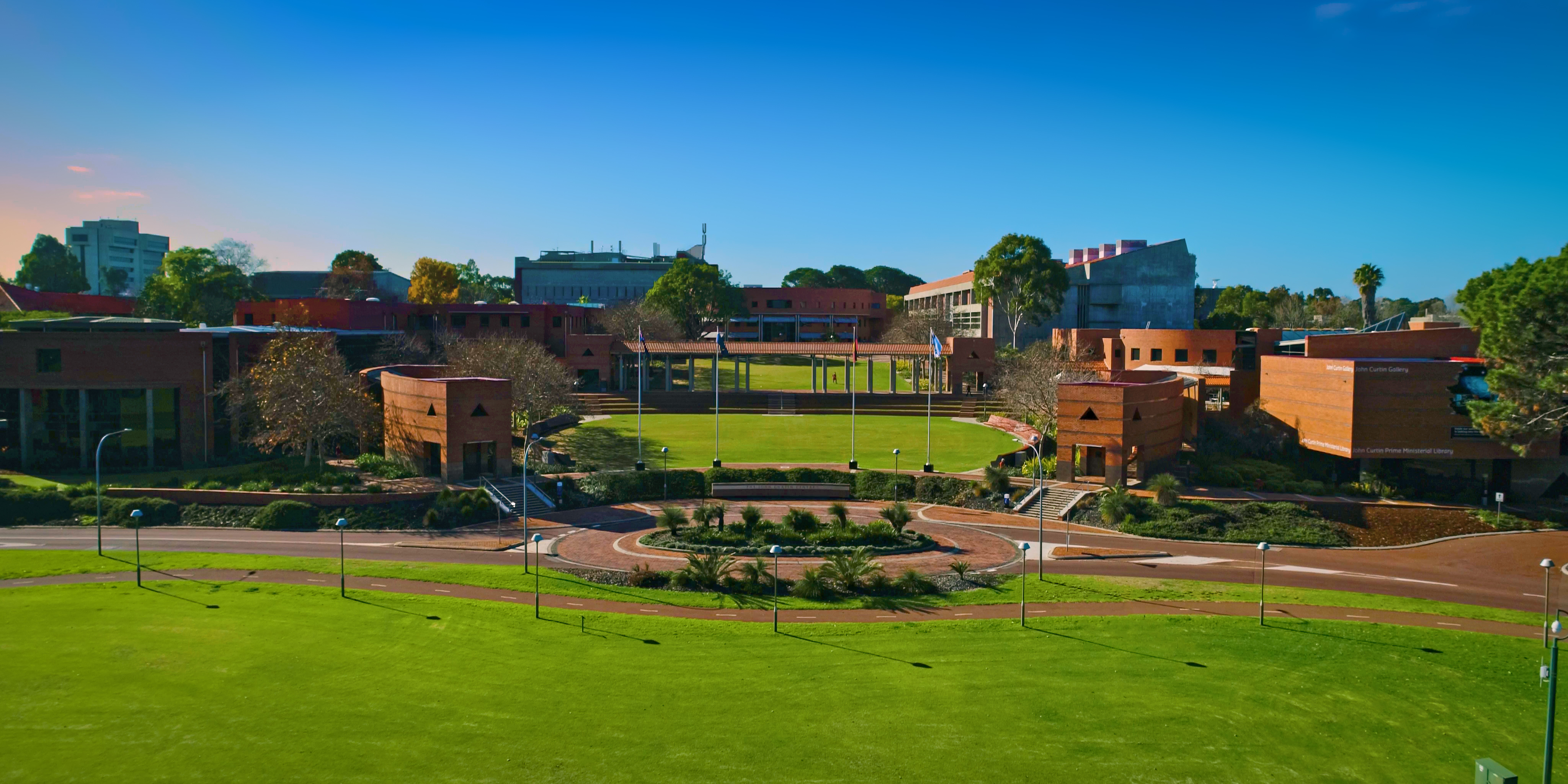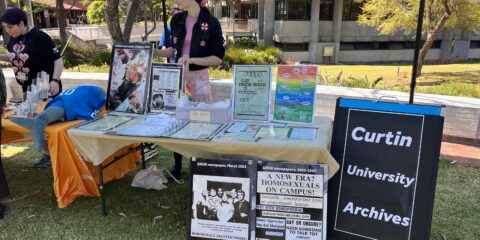A brief history of the Faculty of Health Sciences at Curtin University
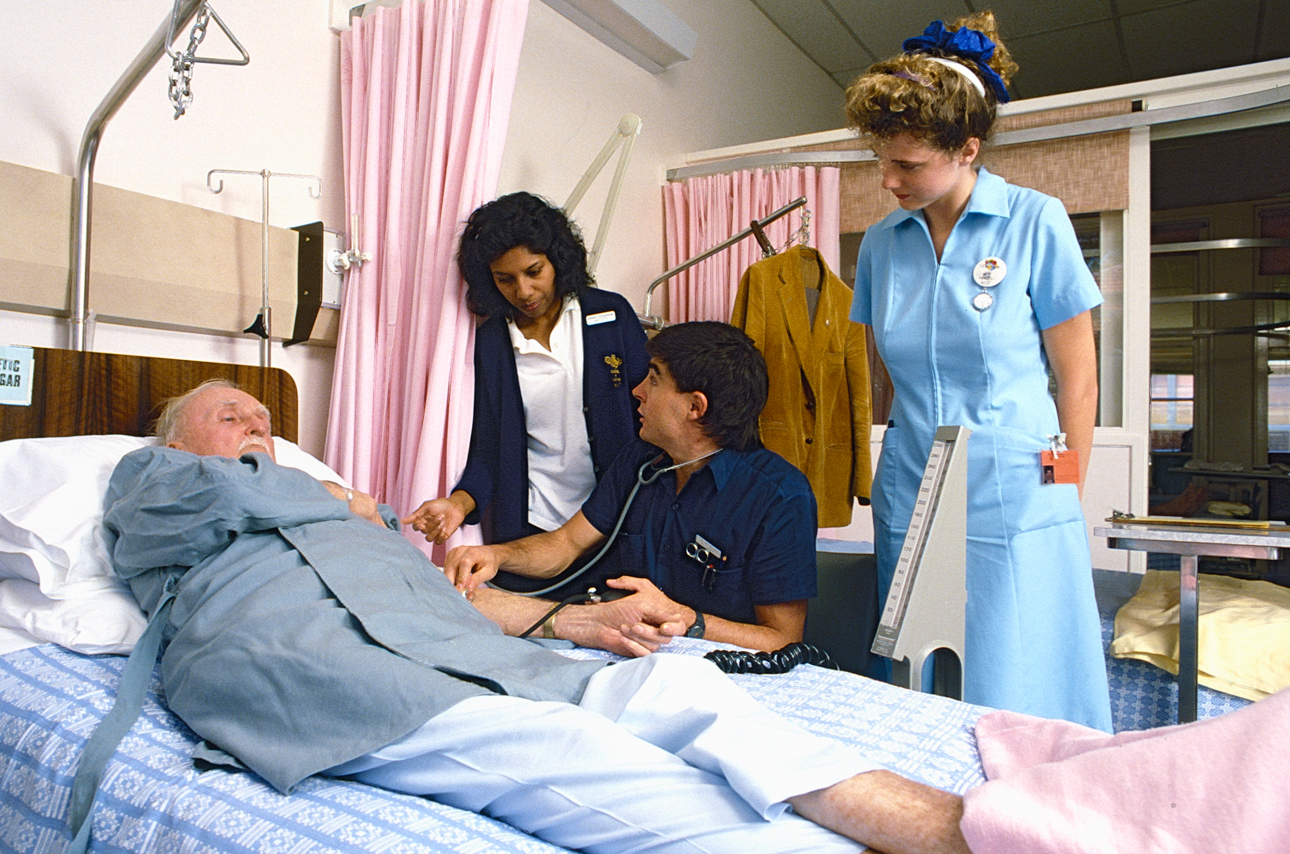
The family tree that evolves into Curtin University begins with the various trade schools and technical colleges in the early 1900s in Perth and surrounds, especially the Perth Technical School (later renamed Perth Technical College in 1929). These were merged and incorporated into the Western Australian Institute of Technology (Curtin University’s predecessor organisation) at Bentley.
WAIT’s first intake of students was in 1967, with an official enrolment of 2,891 students. Of the health sciences, the associate qualification of pharmacy transferred from Perth Technical College is one of the first disciplines taught in our inaugural year.
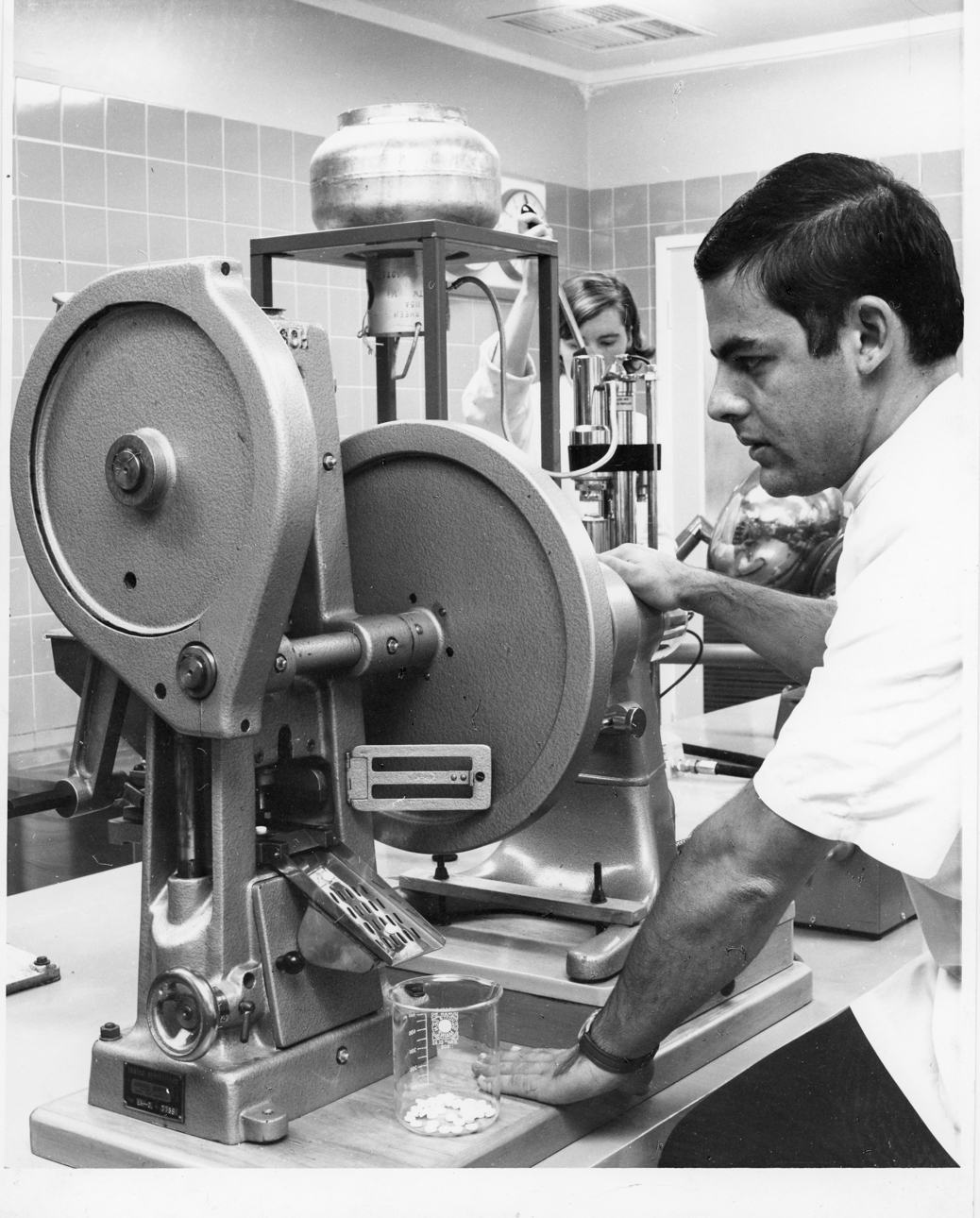
WAIT’s first teaching areas included the Division of Applied Science, the Division of Architecture and Engineering, and the Division of Commerce and General Studies. Although there is no official School of Health Sciences, in 1967 pharmacy was included under Applied Science, and General Studies included psychology and social work, viewed as Social Sciences at the time.
Early education in health sciences in Perth also included the School of Physiotherapy established in 1950 at the Shenton Park annex of Royal Perth Hospital, and later the School of Occupational Therapy in 1960.
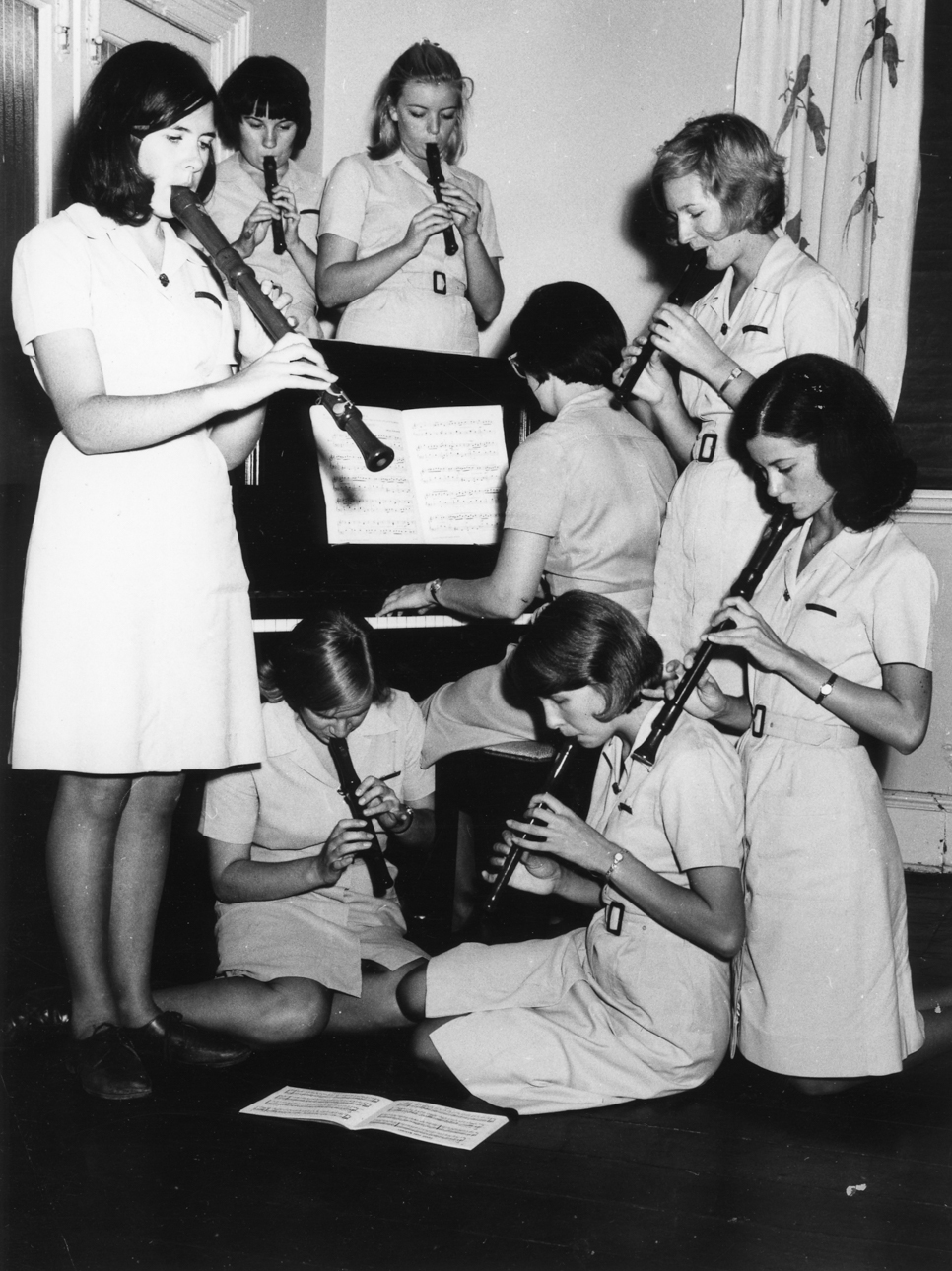
In 1969, the Schools of Physiotherapy and Occupational Therapy at Shenton Park are merged with WAIT, to form the Department of Therapy. Teaching continues from the Shenton Park campus. Plans for a qualification in Speech Therapy are raised. 1971 saw the introduction of a course in dental therapy at WAIT, which continues to be taught today as Oral Health.
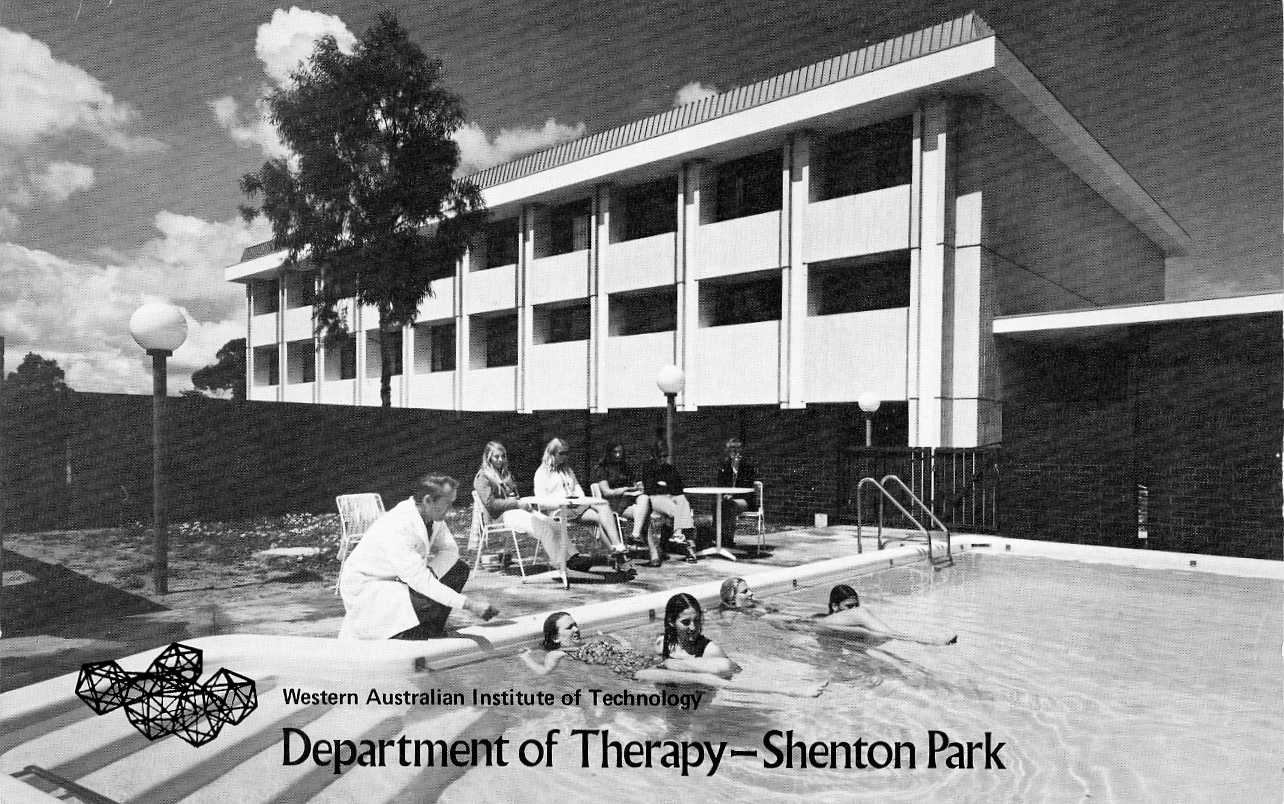
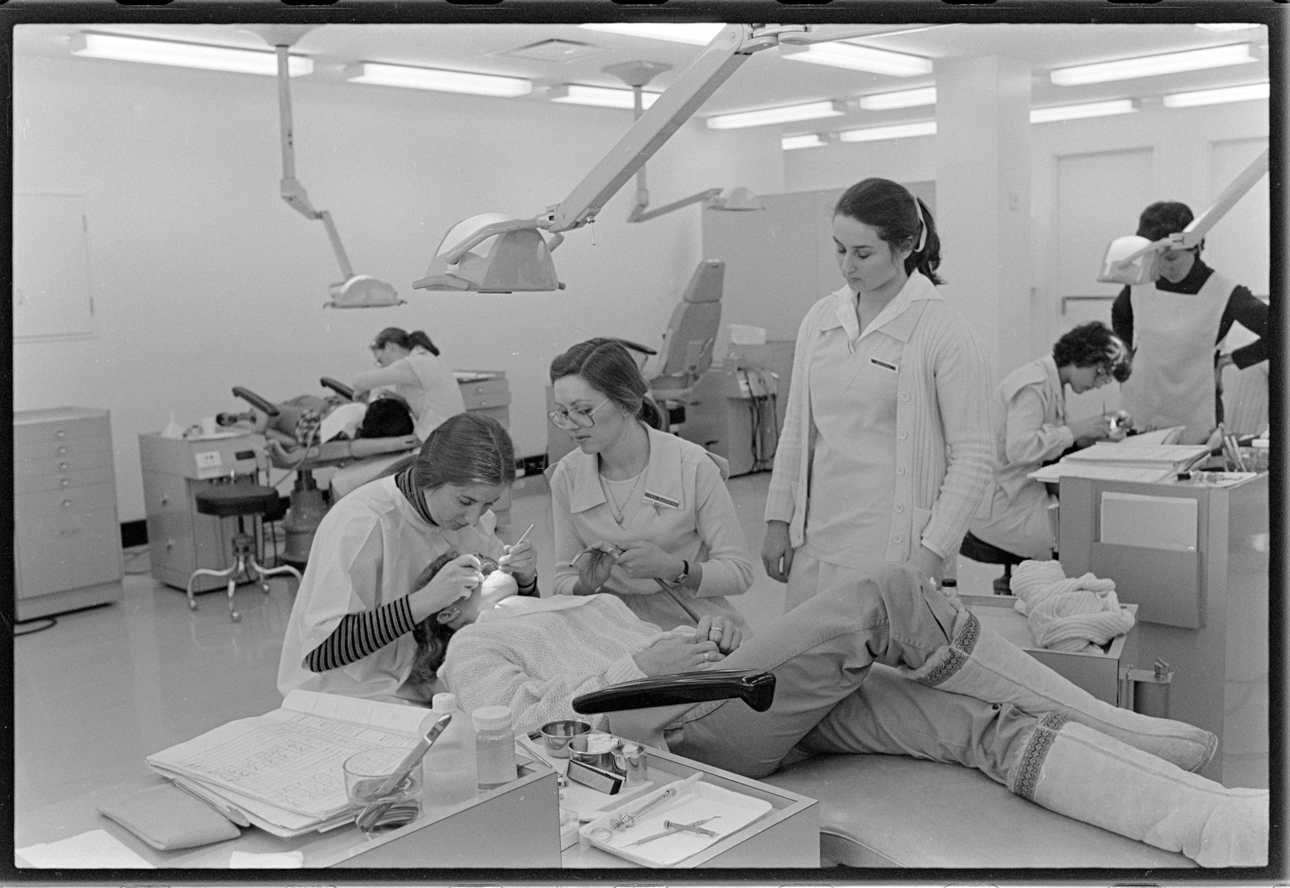
The School of Health Sciences
In 1973 the School of Health Sciences at WAIT is officially formed, under Head of School Mark Liveris. It includes three departments: the Departments of Medical Technology, Pharmacy and Therapy. The School also conducts the Institute’s courses in Environmental Health, Dental Therapy, Pharmacy, Physiotherapy, Occupational Therapy, and Chiropody.
The Department of General Studies became the Department of Psychology and Social Work, moving from the General Studies Division to Health Sciences.
The 1970s also saw the opening of new dedicated health sciences buildings on campus and transfers of more courses to the WAIT School of Health Sciences, including Dietetics, Nutrition and Nursing.
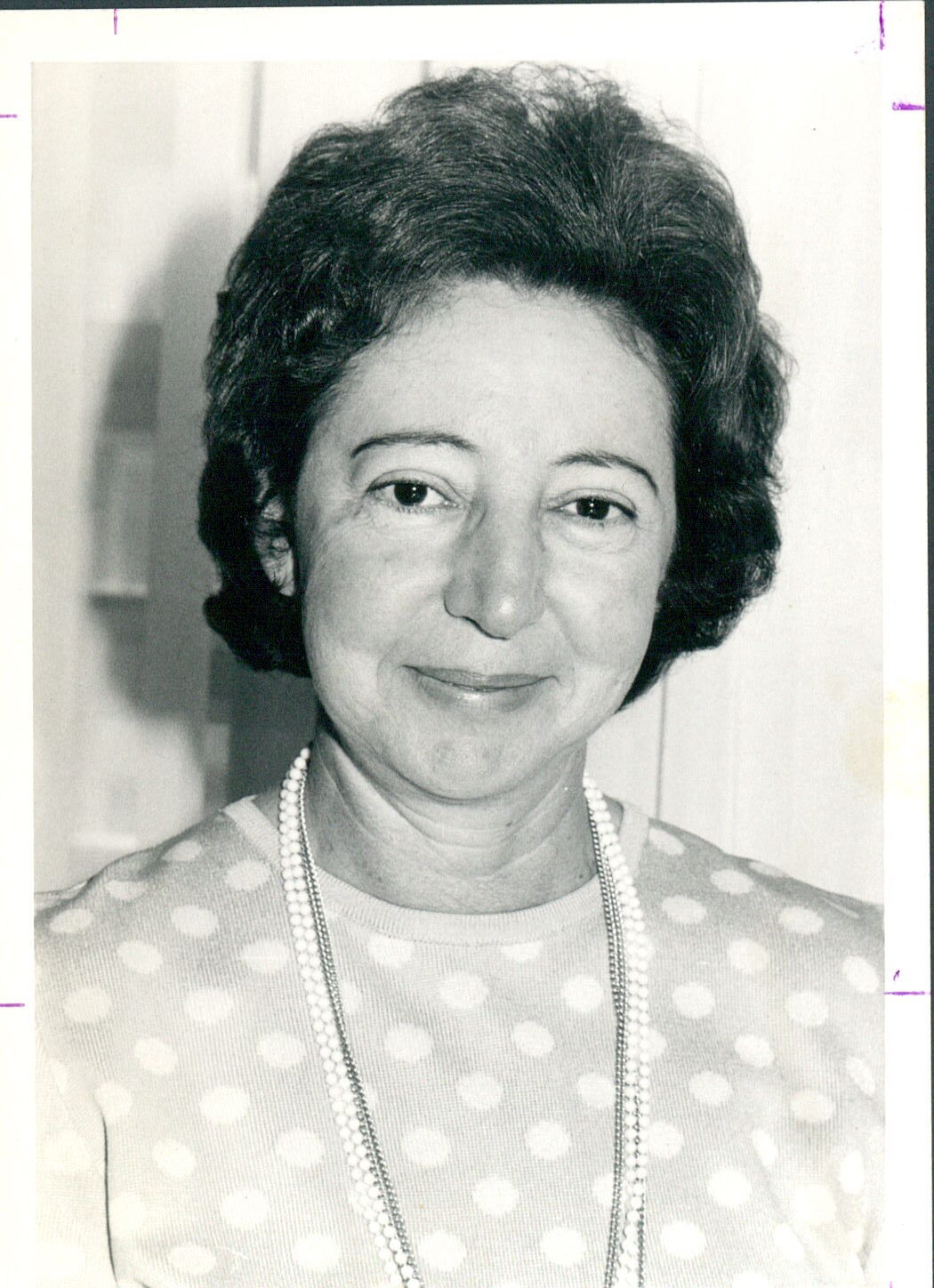
In 1975, 79 students enrolled in the undergraduate nursing course for the first time (57 full time and 22 part time). Courses are at associate or diploma level. By 1979 the course is accredited as a Bachelor’s degree and the first official cohort is 74 nursing graduands.
Midwifery studies are taught with nursing, with students taking specialised courses at King Edward Memorial Hospital for Women in 1978 to inform future midwifery specialisation options at WAIT. Midwifery is offered as a postgraduate qualification until 2008, when the undergraduate Bachelor of Science (Midwifery) is also launched to meet the shortage of midwives and increasing number of births in WA.
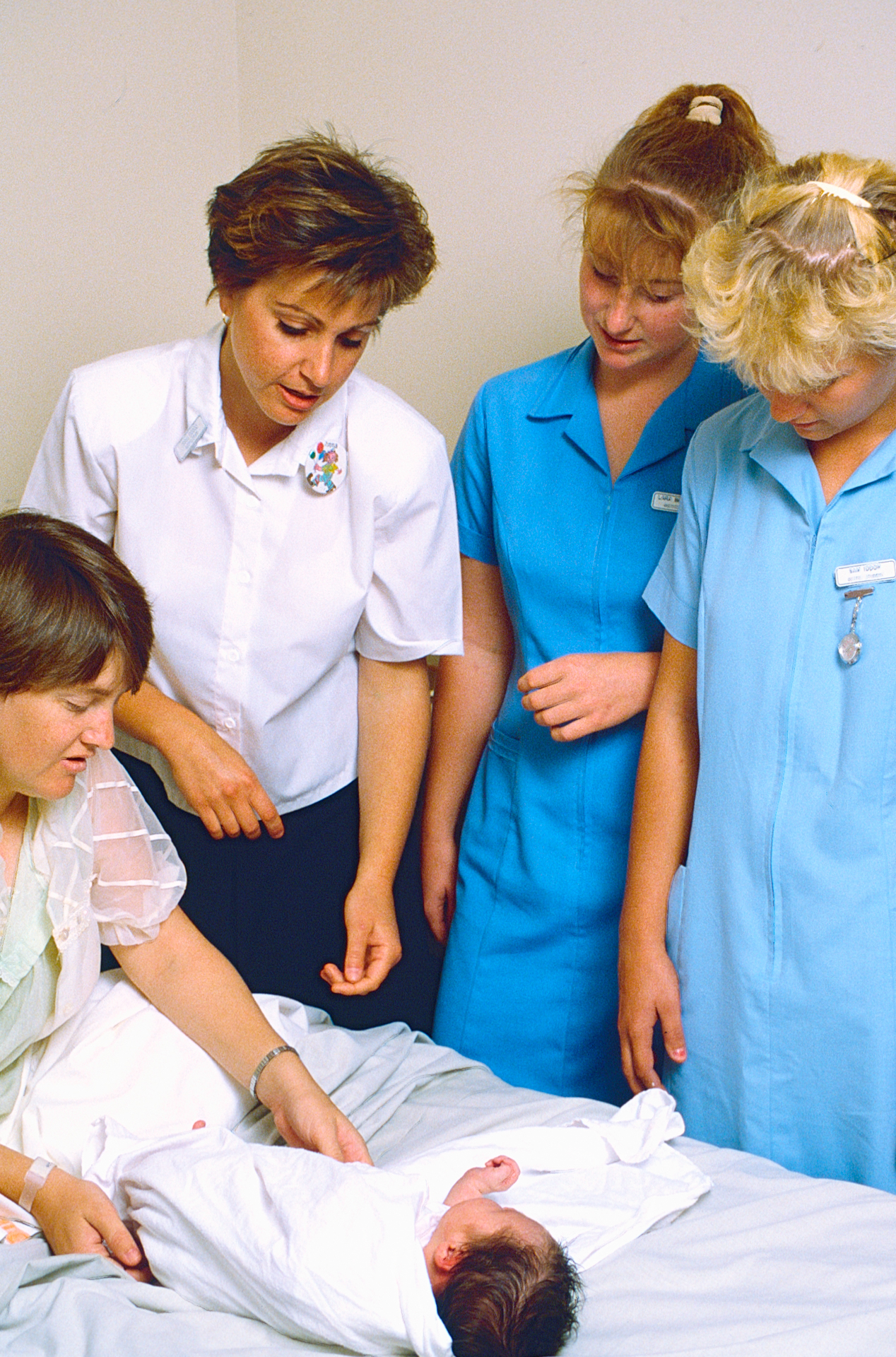
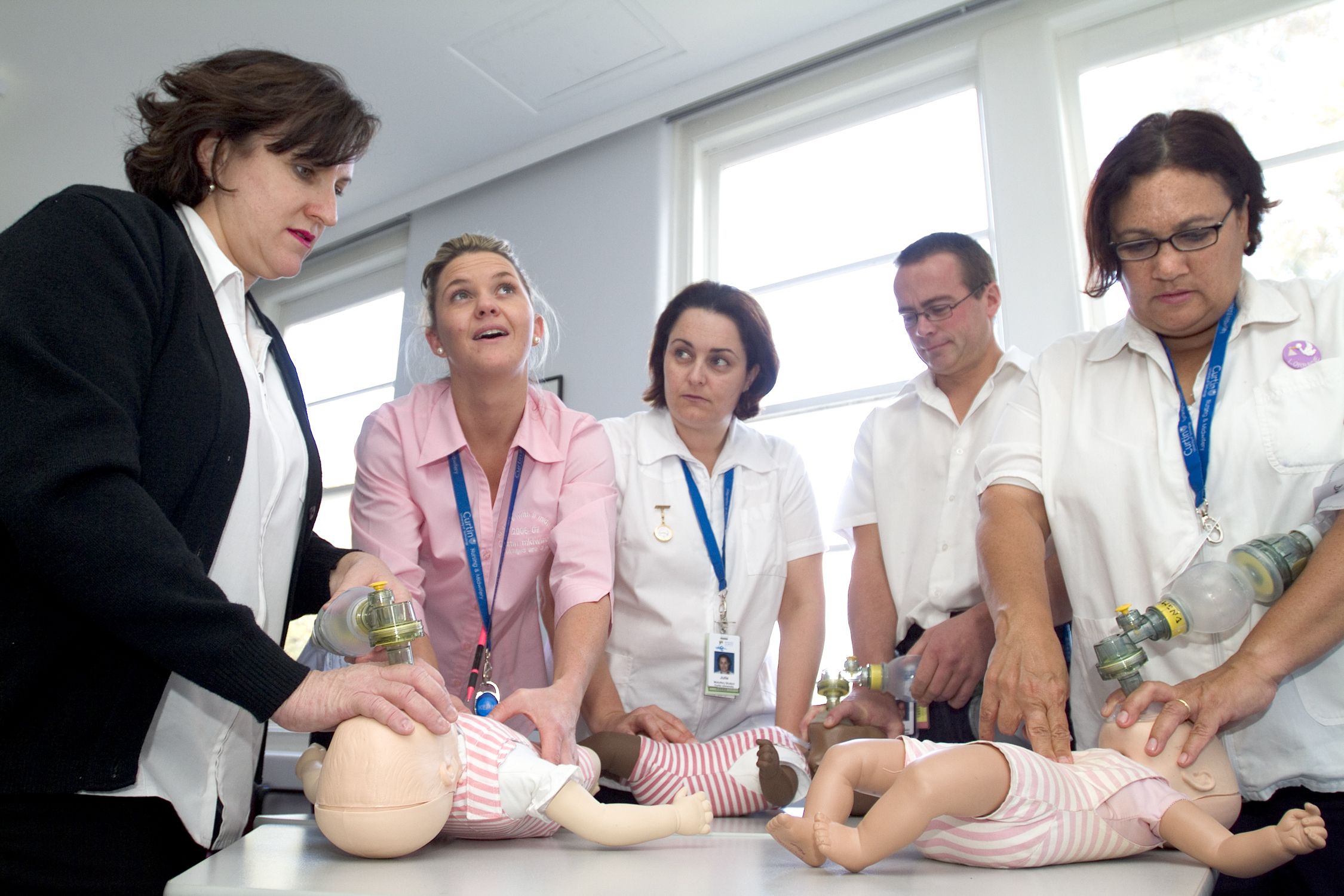
In 1987, WAIT becomes Curtin University of Technology. The large Division of Health Sciences has broadened to include schools of occupational therapy, physiotherapy, nursing, medical technology (biomedical sciences), psychology, pharmacy, and community health. It also includes departments of home and consumer studies, speech and hearing science, radiography, and units in sexology.
In 1994, Curtin prioritises Aboriginal health in training new graduates. All health students are required to complete foundational unit in Indigenous Health, which continues today for new medical students.
By 2001, Curtin enrolments are at 31,393. Female students now account for 54% of total enrolments, vastly different from the WAIT days when female students accounted for about one quarter of enrolments.
A research university
Under strong strategic leadership from Vice-Chancellors John Maloney and Lance Twomey, research and development grows astronomically in the 80s, 90s and 2000s to see Curtin grow from not just a tertiary education provider but to a fully-fledged research university as well.
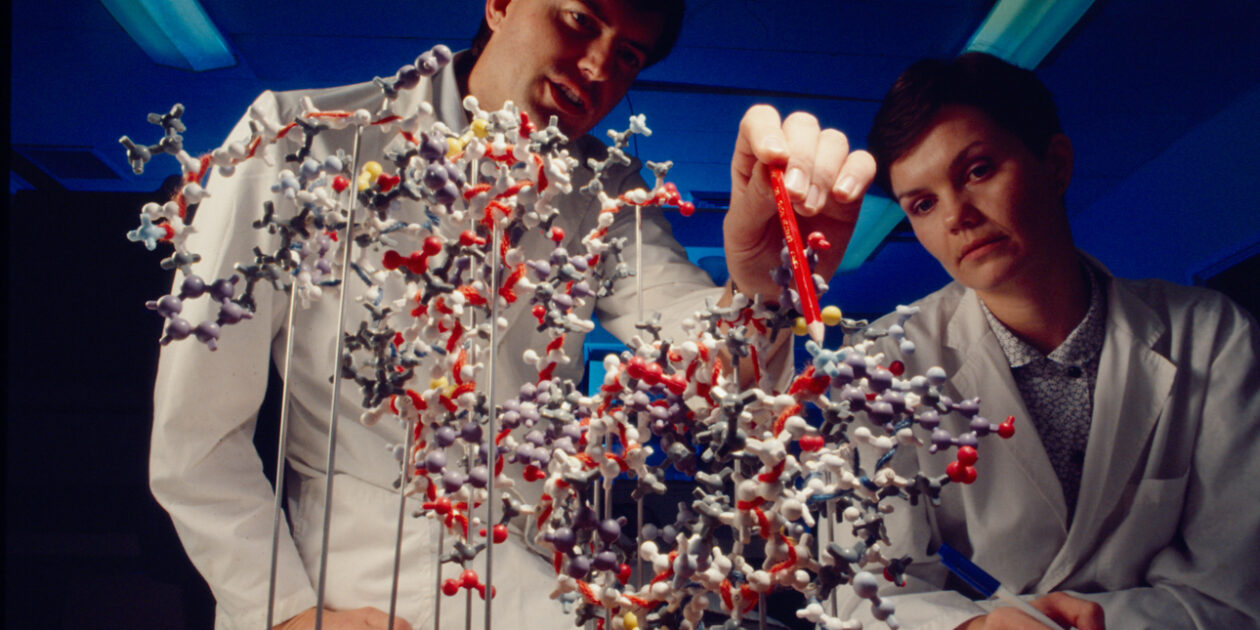
One of Vice-Chancellor Jeanette Hacket’s major initiatives is the $35 million Curtin Health Innovation Research Institute (CHIRI), opened by Prime Minister Julia Gillard in 2012.
Curtin Medical School
A feasibility study report of the establishment of a Curtin Medical School is completed in 2009 by Dr Neale Fong to increase the number of doctors in the state and better meet the needs of under-serviced areas of health care in WA.
In March 2017, Curtin’s new Medical School is opened with the first intake of Medicine students – offering the State’s first undergraduate degree in primary health care.
This first cohort of Medicine undergraduates (53 students) celebrate at the end of 2021 after completing the five-year, full-time Bachelor of Medicine, Bachelor of Surgery (MBBS).
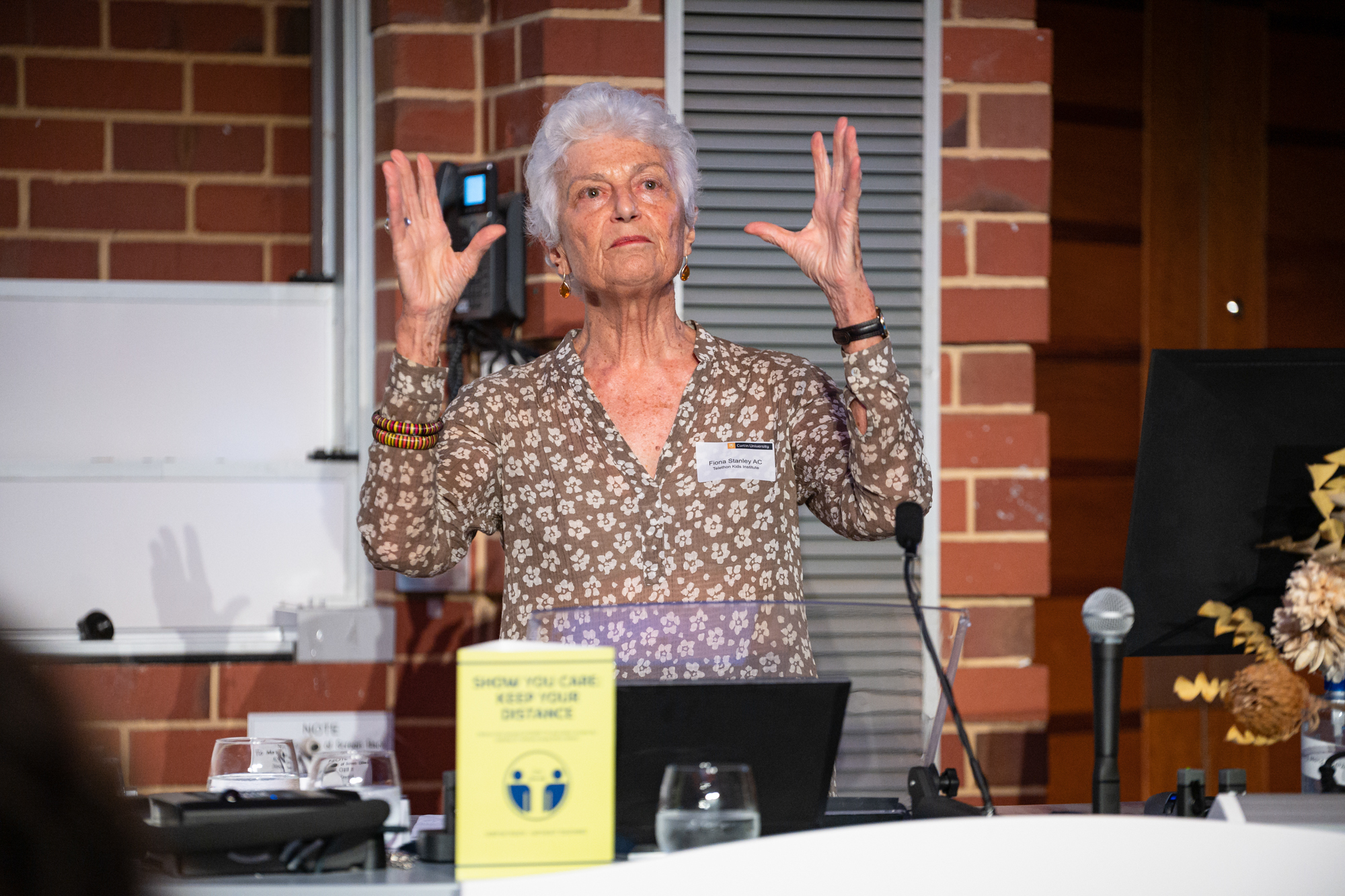
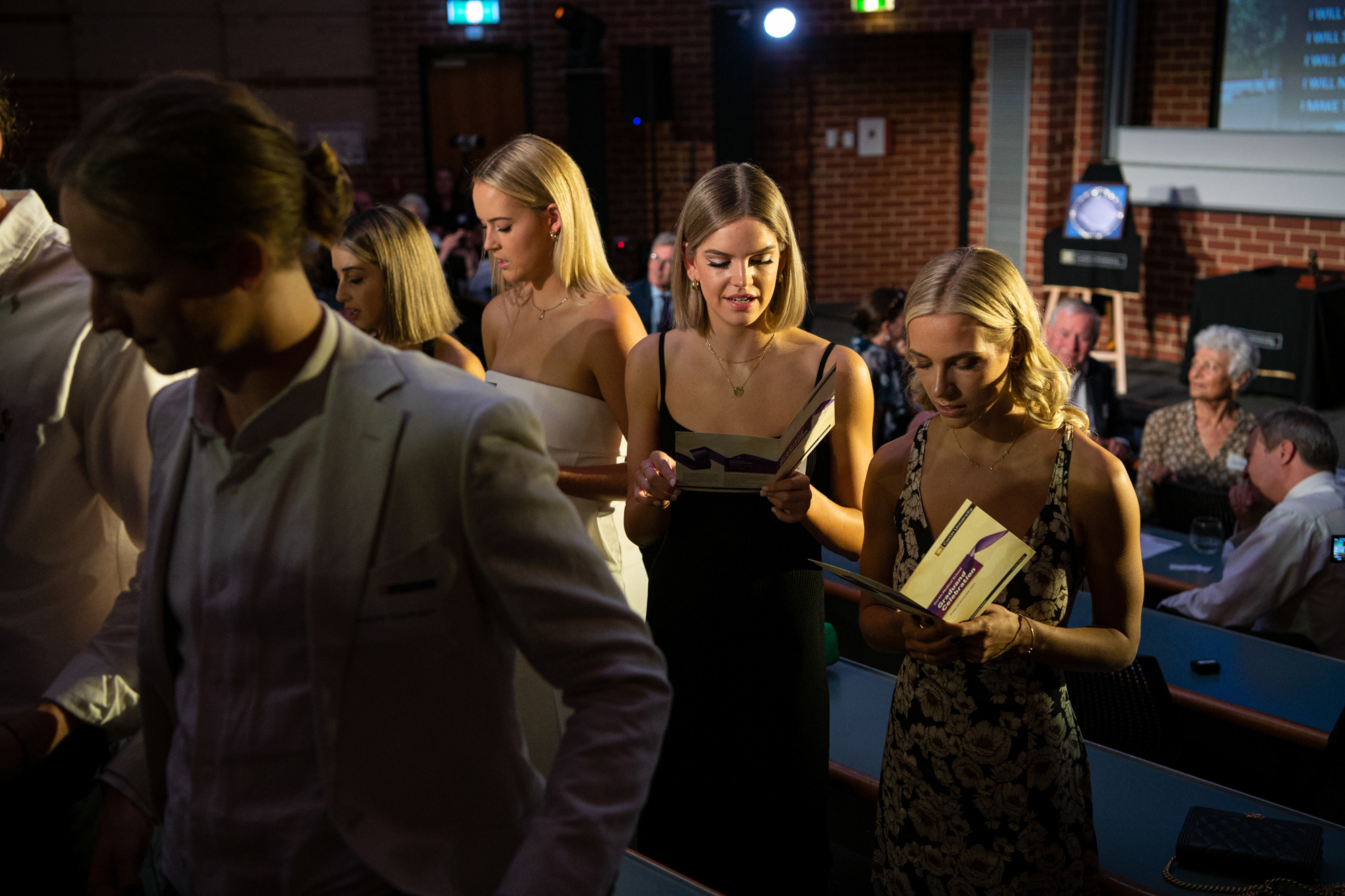
Four academic schools and multiple health sciences facilities
Curtin medical students are supported by the opening of the Curtin Midland campus in 2019, with simulation environments for health science disciplines. The space is used by medicine and allied health students carrying out clinical placement in nearby health facilities.
Curtin’s Kalgoorlie Rural Health Campus was launched in 2021 to support healthcare in regional areas with the continual population growth in WA, and in 2022, places offered at Curtin Medical School have increased from 60 in 2017 to 120 (110 domestic and 10 international).
The dedication and hard work of health sciences students & staff at the early WA technical colleges, WAIT and Curtin have grown to become the current Faculty of Health Sciences, focusing on discipline-based course delivery and real-world learning.
Today, the Faculty of Health Sciences at Curtin University includes four academic Schools: Curtin Medical School, Curtin School of Allied Health, Curtin School of Nursing and Curtin School of Population Health.

